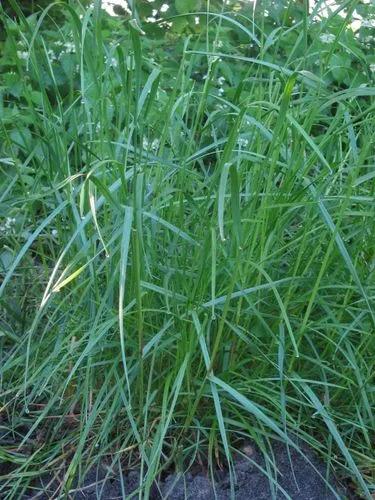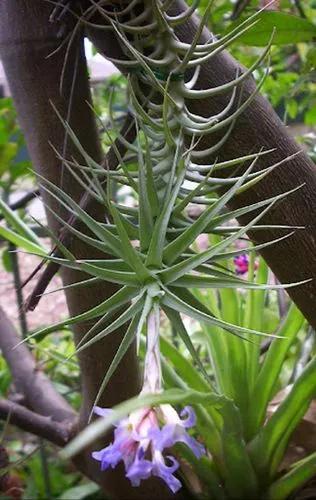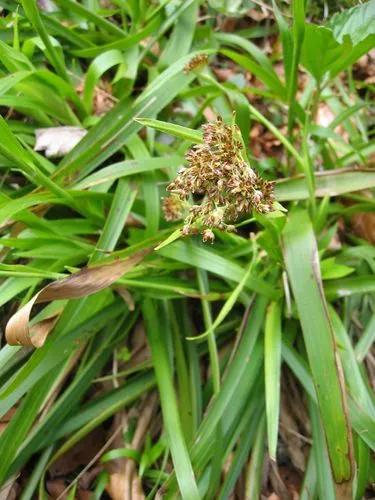V. unilateralis was first recorded in the British Isles in 1903. This inconspicuous species has been discovered in some new 10-km squares since the 1962 Atlas, though whether this means the species is increasing is uncertain. It has been much overlooked in the past, and is probably still under-recorded.
Mat-Grass Fescue Care
Vulpia unilateralis



Culm-diameter 0.5-1 mm, wall large, radius of culm in relation to wall thickness approximately 1:0.5. Outline circular with a smooth surface. Culm-center hollow and surrounded by a few thin-walled, not lignified cells. Epidermis-cells thick-walled all around. Large vascular bundles arranged in one peripheral row. Chlorenchyma in round, oval, square or rectangular groups. Sclerenchyma in a large, peripheral continuous belt (> 3 cells). Cells medium thick-walled. Girders square, rectangular or conic. Small sclerenchymatic sheath with 1-2 cells around vascular bundles. Largest vessels in vascular bundles in lateral position. Largest vessel in the bundle small, < 20μm.
How to get rid of:
Mechanical removal is often the most
desirable. This can be accomplished with sharp hoes, shovels, or hand pulling.
Discover more plants with the list below
Popular articles






